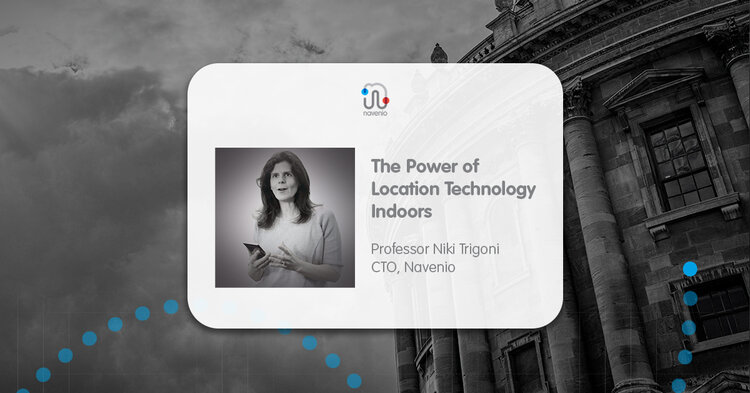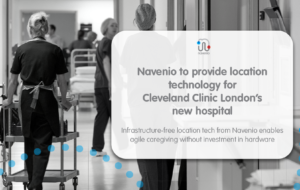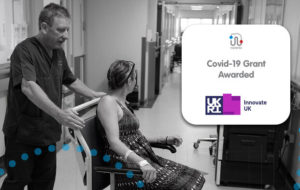The Power of Location Technology Indoors

GPS has provided the world with location services that offer up a plethora of opportunities. Whether that means tracking an online order, or driving across the country, to locating the family pet that has run off in the night. The role GPS plays in our day to day lives is huge, yet the indoor world has been relatively untapped. However, recent developments in technology has led to opportunities that could see location services enter the ‘great indoors’.
Considering we spend so much of our time indoors, our lack of awareness to our physical surroundings is surprising. Whether we are at home, work, or at school the benefits of indoor location could be vast. Take a work environment for example, location services could help lead to safer and more efficient spaces, not to mention improve employee welfare. If working in a hospital, a team in charge of cleaning could spend their time more wisely if they were able to assign jobs based on the location of an individual, rather than the ‘next one’ on the list. This would help prevent unnecessary travel of team members from one side of a hospital to another. If opened out to other industries we could apply a similar idea be it in packing, hospitality or even in the emergency services, where the location of individuals could mean life or death.
Why has indoor location technology struggled and where could it go?
Ultimately there are three obstacles to the implementation of indoor technology software in the wider world. They are hardware, surveys, and missing maps.
The use of a beacon installed in different parts of a building is one solution, but with it comes plenty to consider. If we go back to our hospital example, often, these buildings are huge multi-leveled structures, spanning large plots of land. To create an accurate footfall beacon led map, would require thousands of installations to produce a truthful read. On top of this upfront expense and labor-intensive deployment, beacons don’t offer up enough hard data, as they are unable to track information like the time an individual walked by it. Surveys are another method which use Wi-Fi based location and fortunately do not have infrastructure issues. However, any changes to Wi-Fi within the building would automatically impact accuracy levels of the data produced. Finally, there is the option to use current maps or floorplans of a building. But again, we meet a hurdle in that frequently up to date plans are rarely available, and if they are, they are unlikely to be in the form of one complete map.
Fortunately, with the use of AI, we are beginning to get better with producing live maps that provide us with relevant data in shorter spaces of time. AI can be harnessed to create a crowdsourced map based on the movement of employees moving around a building. Another opportunity with this type of technology could see the end of physical maps or floorplans completely, and map-less location services could really come into their own.
User simplicity
It goes without saying that to take indoor location services to the next level will require solid investment, so that complexities can be accounted for and problems ironed out. However, there is no doubt to the benefits this type of solution could provide. If we look at Covid-19 as an example, had teams been able to work smarter and been given an opportunity to transform their internal processes, the spread of the virus around hospitals or care homes may have been considerably less.
It is, becoming a more viable option for teams to create their own location-based maps with the use of mobile phones and apps. Having completed their shift with their phone in their pocket they will have produced a map of their movements and this along with the routes of their colleagues can be harnessed and the data used.
Surely, we are not that far away from making this type of technology a day to day reality?
Professor Niki Trigoni, CTO, Navenio




